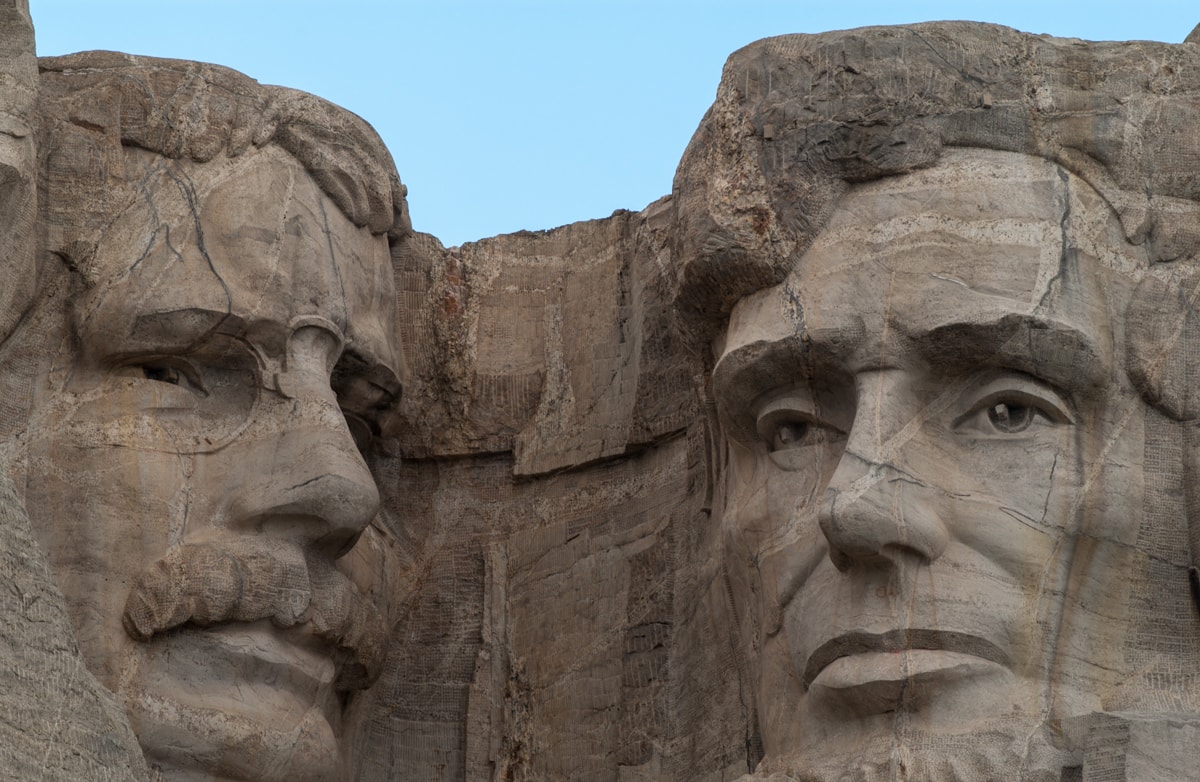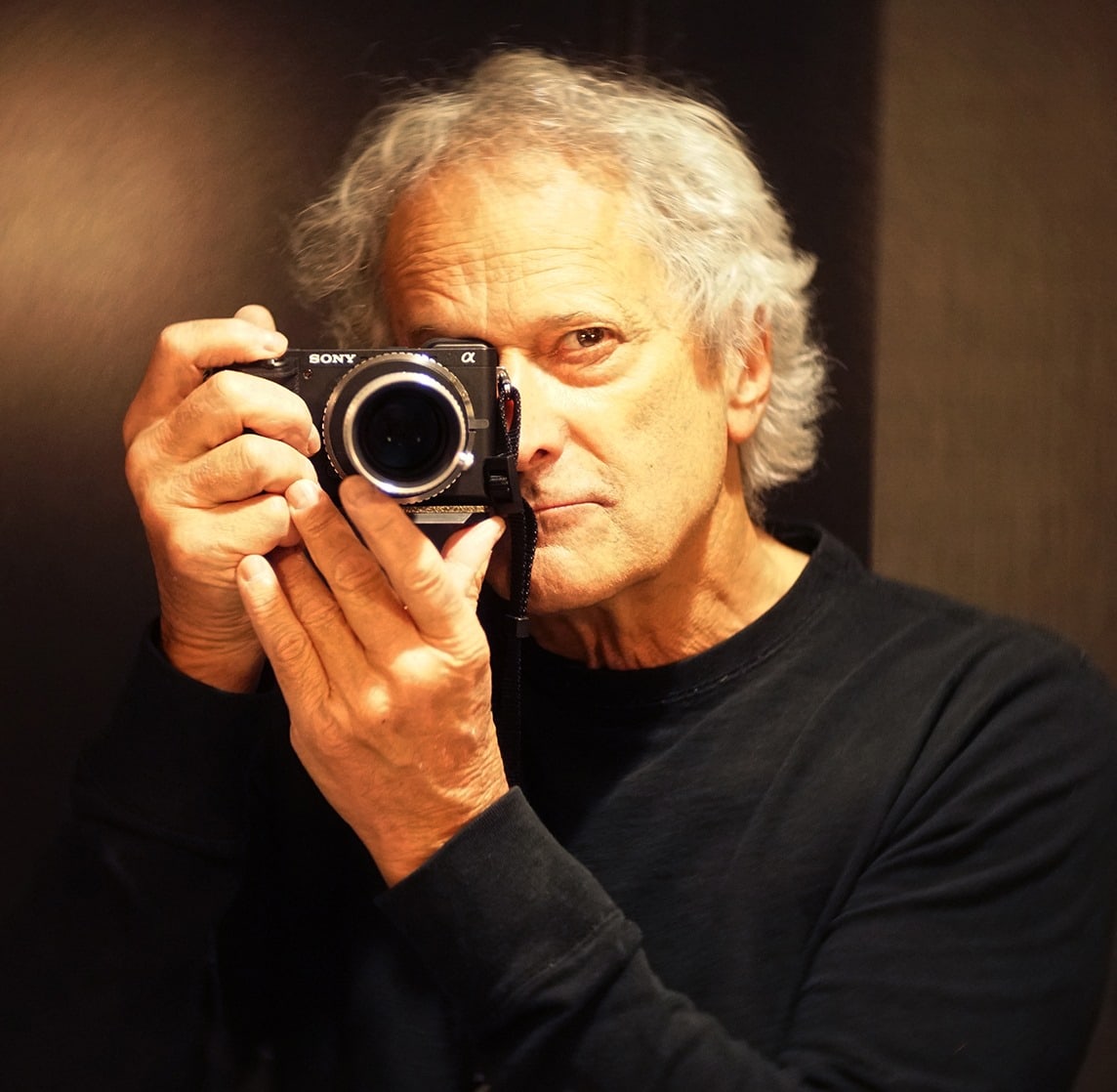
David Burnett: Letter to the NPPA on Ethics - PhotoShelter Blog
Juxtapoz Magazine - A Japanese Photographer's Images of 1990s Harlem

Robin Hammond on the insider and outsider - Inside Imaging
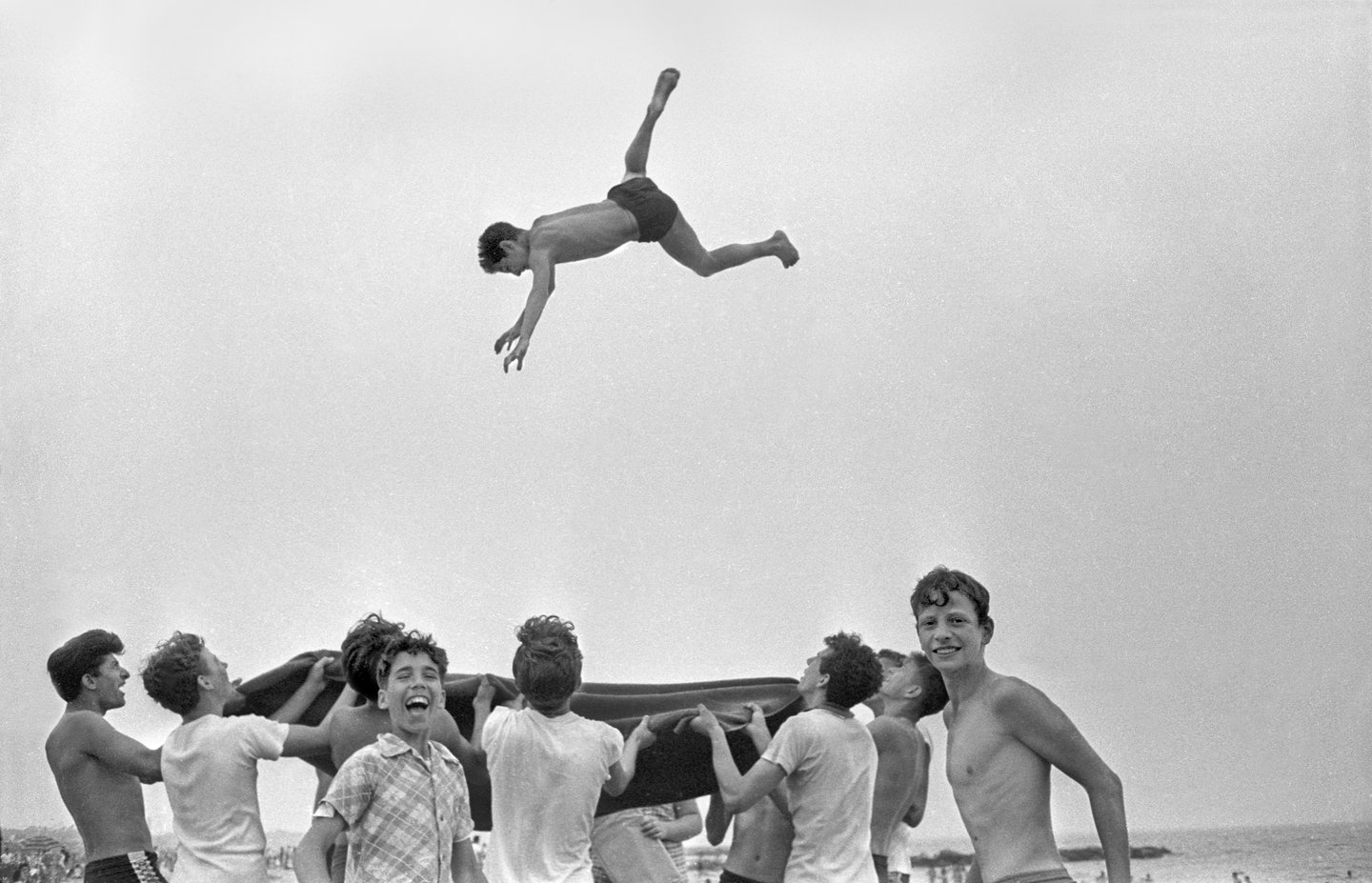
Capturing the candour of life, we take a look at the significance of 20th century photographer Harold Feinstein
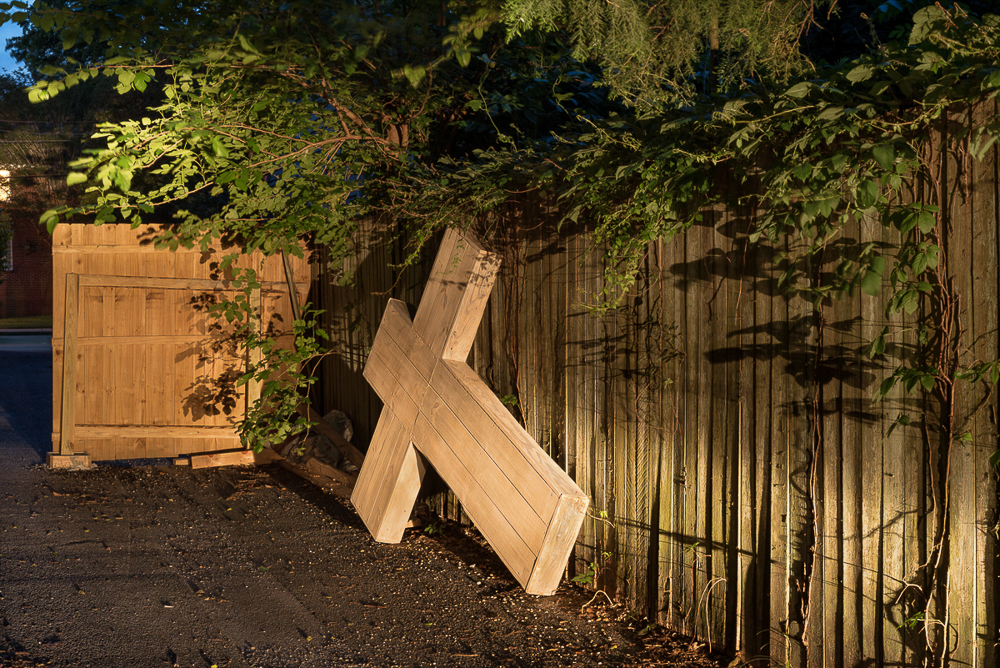
Karen Bullock: Presence Obscured | LENSCRATCH
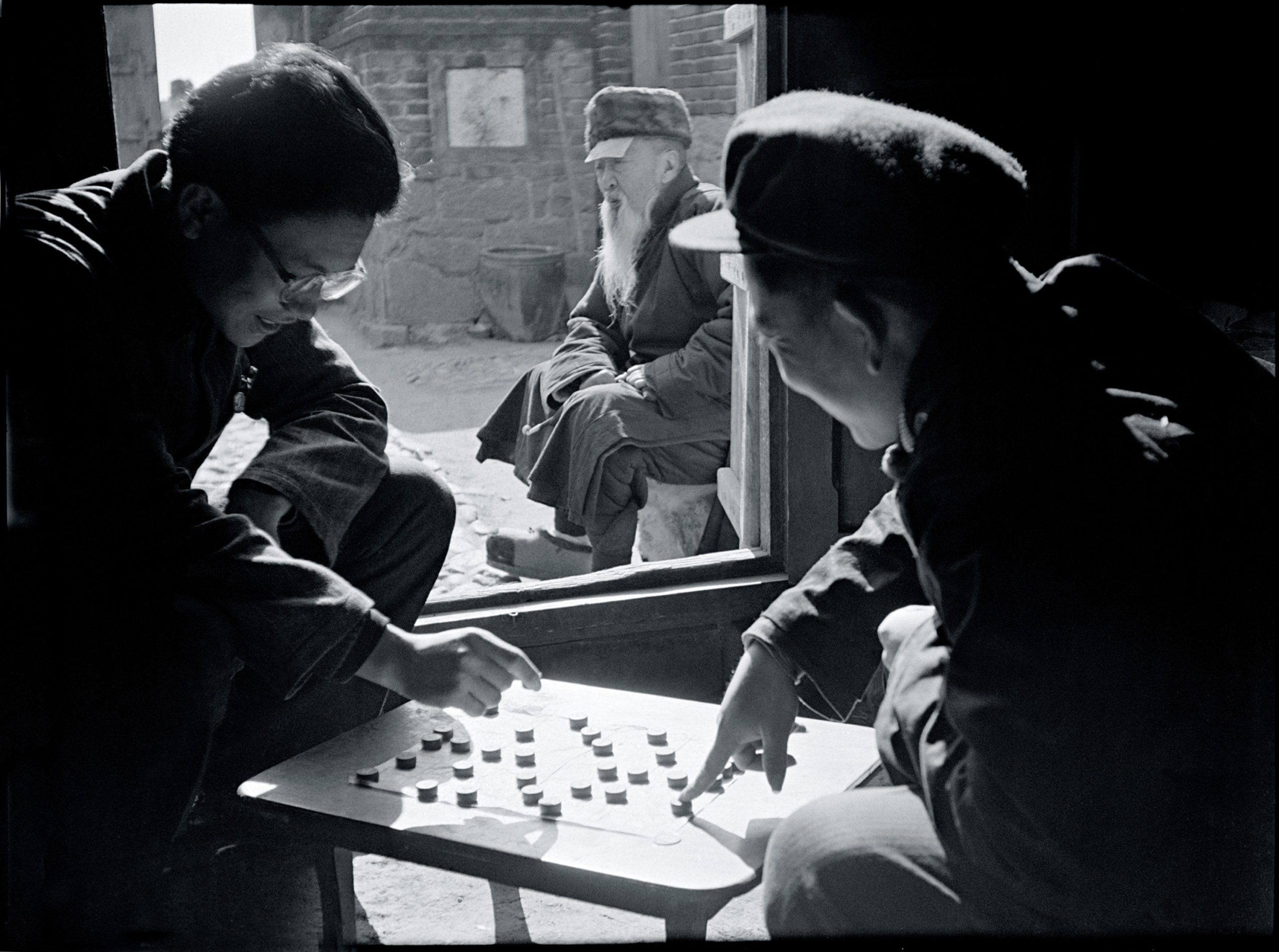
Li Zhengsheng : The Genius who photographed the Cultural Revolution
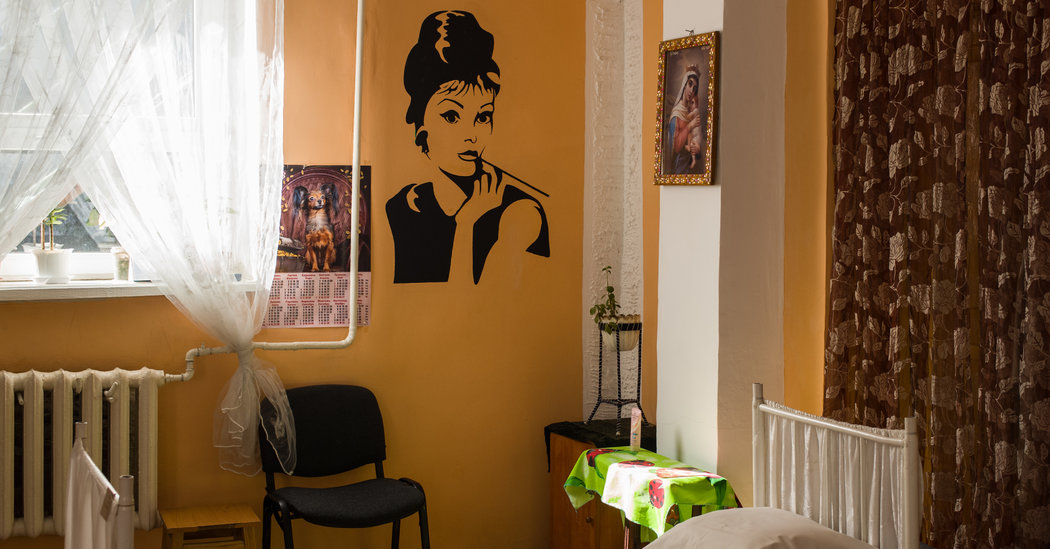
Opinion | No Two Rooms Are Alike in Ukrainian Prisons - The New York Times
